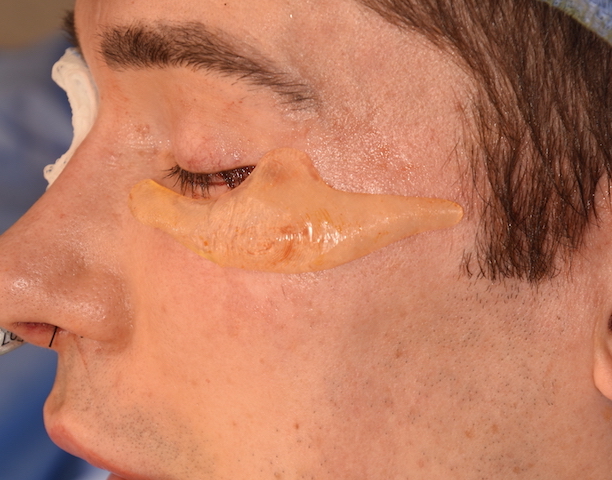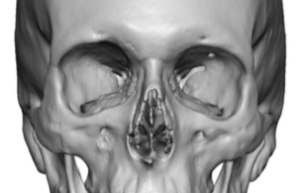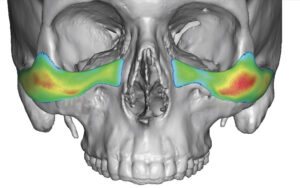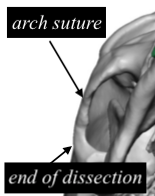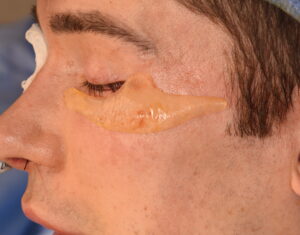Background: Augmentation of the cheeks has been done almost as long as that of the chin. Historically done with implants and far more commonly today with synthetic fillers and fat. Besides the evolving methods to create a cheek augmentation effect, the aesthetic trends towards the desired cheek augmentation effect have also changed.
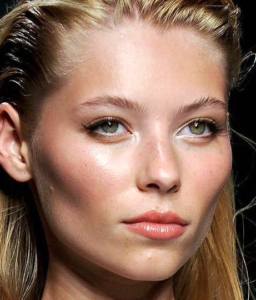
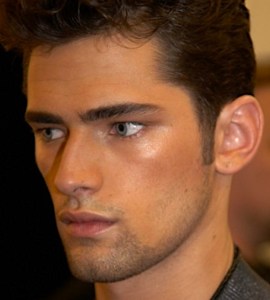
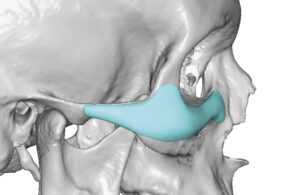
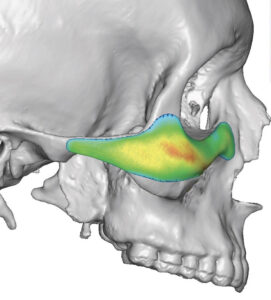
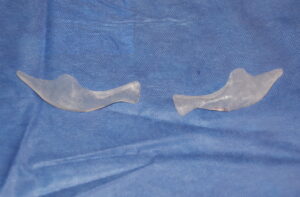
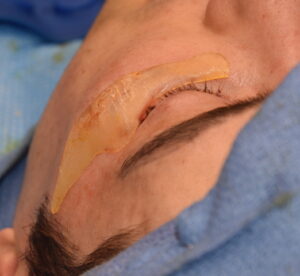
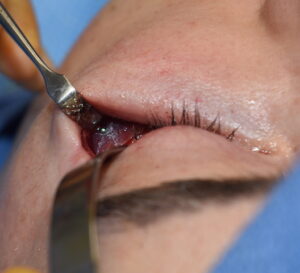
custom infraorbital malar implants in a male Dr Barry Eppley IndianapolisThe high cheekbone look can only currently be achieved by a custom implant approach. There are a lot of variables to decide in the design for which there us no exact science in doing so. It takes a a lot of experience with these designs to learn what does and does not work well. Knowing how to get back along the zygomatic arch and place the implant through a limited lower eyelid incision while a avoiding after surgery lid abnormalities is a learned skill.
Case Highlights:
1) The high cheekbone look is created by making a horizontal augmentation line along the infraorbital rim back along he zygomatic arch.
2) Many custom infraorbital-malar implants are placed through a lower eyelid subciliary incisional approach which has the least risk of malpositioning.
3) The key dimensions in infraorbital-malar implants is its thickness as it turns the curve around the main cheekbone. (zygomatic body)
Dr. Barry Eppley
Indianapolis, Indiana

